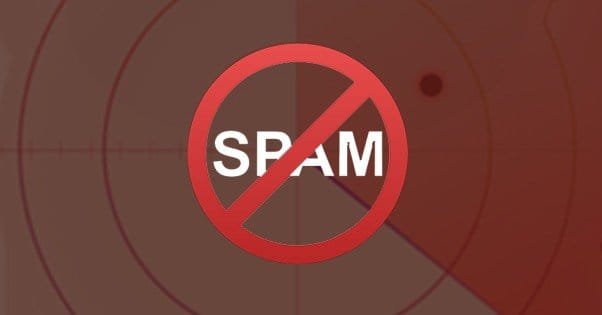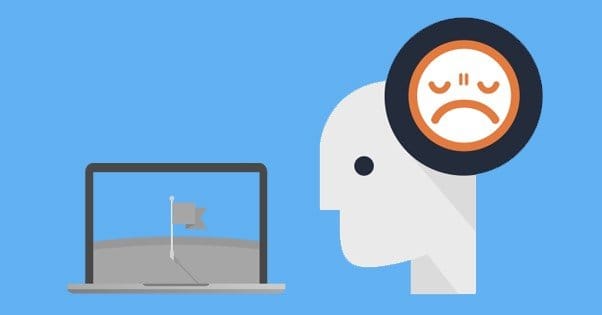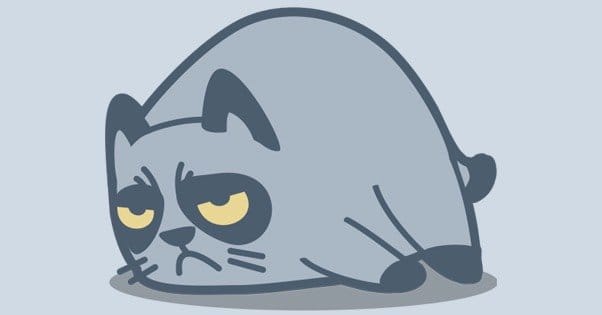Does the Facebook Post to Get More in Your Feed Work

There's a certain amount of evidence to support the idea that posting more often on Facebook leads to a larger audience, higher engagement rates and an overall more effective social media presence.
Look at it like this: If you have an audience of 1,000 people, your messages aren't reaching all 1,000 when you post. You might have a reach of about 6%, which would give you 60 people out of 1,000 seeing your post.
If you post once per week, that's 60 people per week seeing your post. If you post twice per week, the number is higher. It's not 120, because you'll have some overlap, with the most engaged followers seeing both posts. Still, you'll have somewhere closer to 90 or 100 people seeing your posts each week instead.
Extend this even further, to posting once per day, and you have even more exposure. Some large brands with audiences in the hundreds of thousands or millions will even post multiple times per day.
The thing is, after a certain point, posting more often just hurts you. Rather than increasing your viewership, you end up encountering one of these problems.
The Possible Spam Flag

A spam flag is no laughing matter. Facebook is willing to forgive and forget a few of them, because it's not impossible that a dissatisfied user goes and tries to hurt you any way they can, and marks legitimate posts as spam. Sometimes, though, the flag will hide posts you've made even from other users. It's not a hard process to undo the flag, usually, but it's still a detrimental hassle.
The problem with posting too often is that sometimes users who see your posts decide they've seen them too much. When you post four times in a day, and you're running ads that can show up in a user's feed as well, they can easily be flooded with more posts than they want to see. This is especially bad if they all say roughly the same thing. You're not going to get away with it, and Facebook will eventually penalize you for it.
Successive Low Engagement Posts

Another common problem is how repeated posts affect your EdgeRank. EdgeRank is an ongoing calculation for every relationship on Facebook. You essentially have a different EdgeRank "score" for every single person who can possibly see your posts.
One of the factors in EdgeRank is engagement. When more people are engaged with your page, your posts reach even more people. When fewer people are engaged, you don't reach all that many people, because social proof indicates that they don't want to see you.
Too many posts with too little engagement can hurt future posts. This holds true even if the reason those posts have low engagement is because they're relatively new.
Pushing Down Good Content

When you make a good post, you want that post to be seen. You want that post to have as much of a lifespan as possible. Unfortunately, you only get so much time with a post due to the decaying time factor in EdgeRank. However, you do still have some chance to get more view out of the uncurated feed on your page itself. When users visit your page – rather than just their own feeds – they can see your posts in the order you made them.
This is admittedly a small subsection of your users, but it's important in that they see your best posts whenever they can. If you're filling your feed with lower quality posts just to keep up volume, you're pushing down your best posts. You do have a pinned post slot, but you can only use that so much.
Think of this also as a first impression problem. When someone views your page and scrolls back through your history, what are they going to see? You don't want to make a first impression with a bunch of boring posts made for volume.
Lower Average Quality

It's a fact of life that you can only do so much in a day. When you're trying to create half a dozen Facebook posts every day, they aren't all going to be winners. In fact, I'd venture to guess that most of them are going to be thoroughly boring, and those that aren't completely boring have a 50% chance of being either excellent or terrible. You don't want terrible posts. Terrible posts are bad for you.
Everyone can afford a few terrible posts now and then, but when the average quality of your posts is too low, the terrible posts drag you down. You need a high average quality to alleviate the loss from the occasional flop.
Everyone Posting More, Everyone Seeing Less

This problem is less with your page and more with Facebook as a whole. Posting is up on average 31% from last year, and that means there's a huge number of possible posts any one user can see. Part of this is due to the constant press of people saying that Content is the be all and end all solution to all of life's marketing problems.
The thing is, the more people there are posting content, the less of any one person's content is seen. This is a huge factor in the declining reach for everyone on Facebook. There's more noise than ever, so less and less gets through. If everyone posted less, reach would go up across the board.
Sometimes, Less is More
One trend you'll notice if you follow some of the top tier blogs online right now is that posting is going down. Jon Loomer is down to one post a week, and he's a huge authority.
The reason these authorities get away with it is because you're guaranteed to have deep value in their posts. They're long, they're detailed, they have a lot of data, and they're incredibly valuable. If you can match those standards, it's okay to post less frequently! The quality more than makes up for the volume lost.
Source: https://boostlikes.com/blog/2015/05/does-posting-hurt-facebook-reach
Publicar un comentario for "Does the Facebook Post to Get More in Your Feed Work"